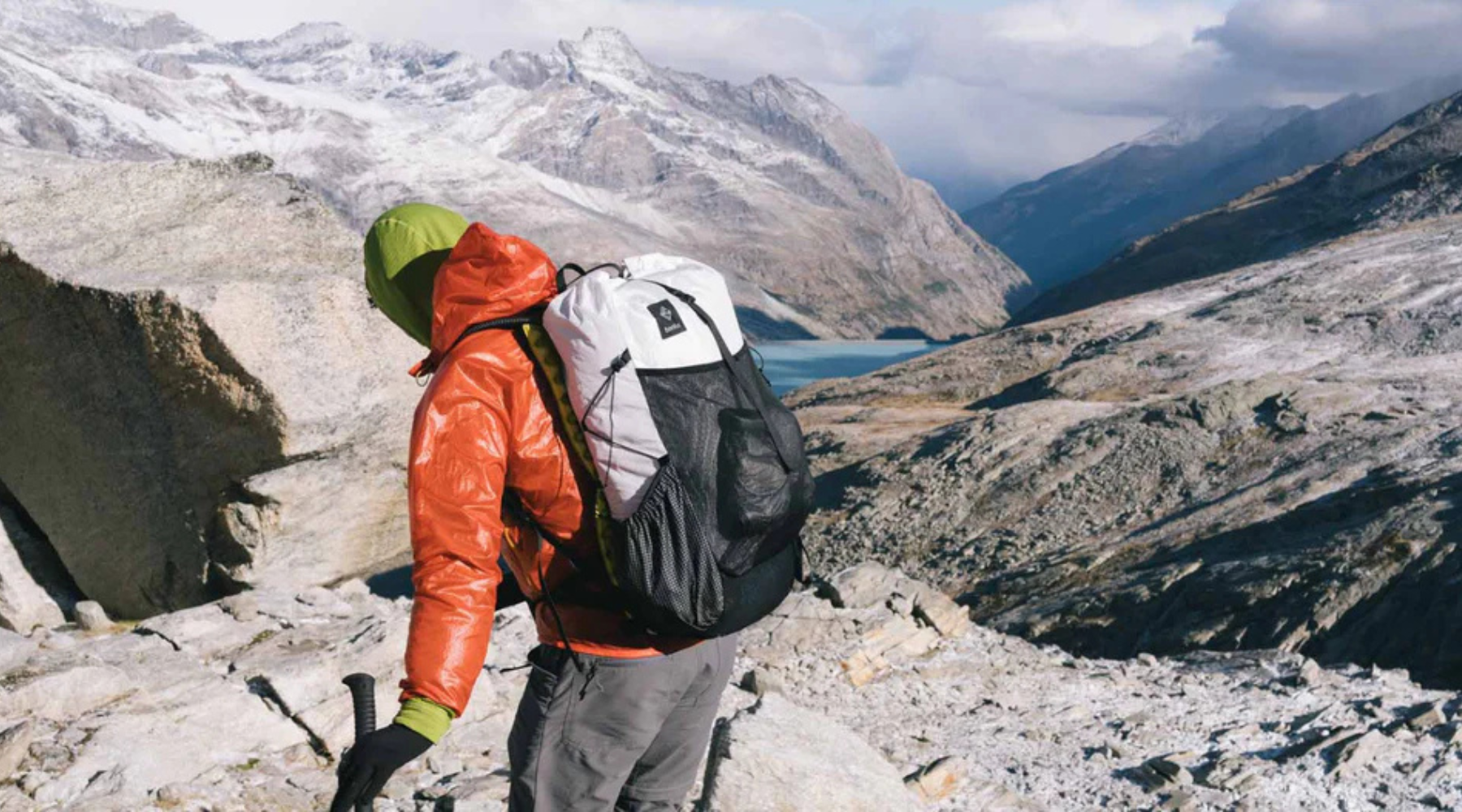
What is base weight and how do you calculate it?
What is base weight?
Base weight is the total weight of all your gear and equipment—excluding consumables—that you carry in your backpack on a trip. Consumables typically include items like food, water, and fuel, which vary in weight as they’re used, so base weight provides a consistent way to evaluate the load you carry.
What is included in base weight?
-
Shelter: This includes your tent, tarp, or hammock system along with the necessary stakes and guylines.
-
Sleeping System: Your sleeping bag or quilt, sleeping pad, and any additional insulation layers you may need for warmth.
-
Backpack: The weight of your empty backpack itself.
-
Clothing: Any additional clothing layers you pack, such as a rain jacket, extra socks, or a warm hat - not the clothes you are wearing.
-
Cooking Gear: Your stove, cookware, utensils and food bag.
-
Hydration: Your water filter or purification system, water bottles, or hydration reservoir. (not water)
-
Navigation: Maps, compass, GPS, or other navigation tools.
-
Miscellaneous Gear: Items like a headlamp, multi-tool, first-aid kit, repair kit, and personal hygiene items.
Why is having a lower base weight important?
Lowering base weight offers several advantages including:
-
Less Physical Strain: Easier on your body, especially over long distances
-
More Efficiency: Hike farther and faster with less fatigue
-
Enhanced Comfort: Less weight means less discomfort, allowing you to enjoy your surroundings and focus on the experience.
How to achieve an Ideal Base Weight?
-
Evaluate Each Item: Review every item you plan to carry and assess its necessity and weight. Consider lighter alternatives for items that are essential.
-
Choose Lightweight Gear: Invest in lightweight, high-quality backpacking gear, such as tents, sleeping bags, and cookware. Modern materials and designs can significantly reduce the weight of your equipment without sacrificing functionality.
-
Multi-Purpose Items: Opt for gear that serves multiple purposes. For example, a multi-tool can replace several individual tools, reducing overall weight.
-
Minimize Redundancy: Avoid carrying duplicate items or excessive clothing. Plan your clothing and equipment based on the expected weather and terrain.
-
Consider Ultralight Techniques: Explore ultralight backpacking techniques, which emphasize minimizing weight at every opportunity. This may involve cutting toothbrush handles or using lighter cooking methods.
-
Regular Gear Shakedowns: Before each trip, perform a gear shakedown. Lay out all your gear and evaluate if you can eliminate or replace any items to reduce your base weight further.
-
Test and Adjust: Experiment with your gear choices on shorter trips or weekend hikes to see how they perform. This will help you fine-tune your packing list and identify any necessary adjustments.
-
Personal Preferences: It's important to strike a balance between reducing base weight and maintaining comfort and safety. Your ideal base weight may vary depending on your personal preferences and the specific conditions of your trip.
How to calculate it?
Calculating your base weight is a straight forward process. It involves adding up the weights of all your backpacking gear and equipment except for consumables like food, water, and fuel. Here's a step-by-step guide on how to calculate your base weight:
Step 1: Gather Your Gear
Lay out all the gear and equipment you plan to take on your backpacking trip. This includes items like your backpack, tent, sleeping bag, clothing, cookware, and any other gear you'll carry.
Step 2: Weigh Each Item
Use a digital kitchen scale or a luggage scale to weigh each item individually. Round the weights to the nearest ounce or gram for accuracy.
Step 3: Create a Gear List
Using lighterpack.com make a list of all the items you've weighed along with their respective weights. Organise the list by category (e.g., shelter, sleep system, clothing, cooking, miscellaneous). This total weight is your base weight.
In summary, achieving an ideal base weight is a key element of successful backpacking. By carefully selecting lightweight gear and making thoughtful choices about what you carry, you can enhance your backpacking experience and create lasting memories of your adventures in the great outdoors.

Comments
Leave a comment